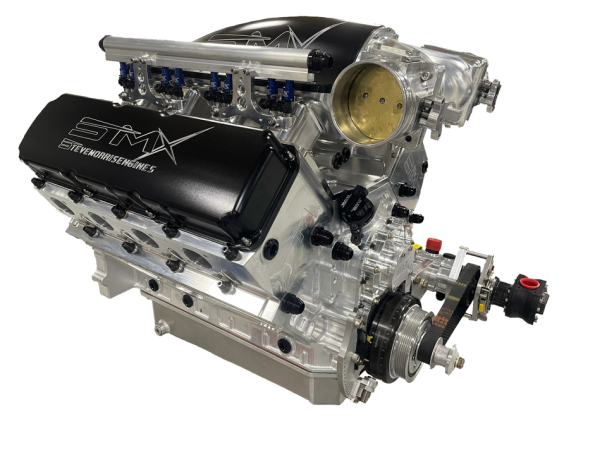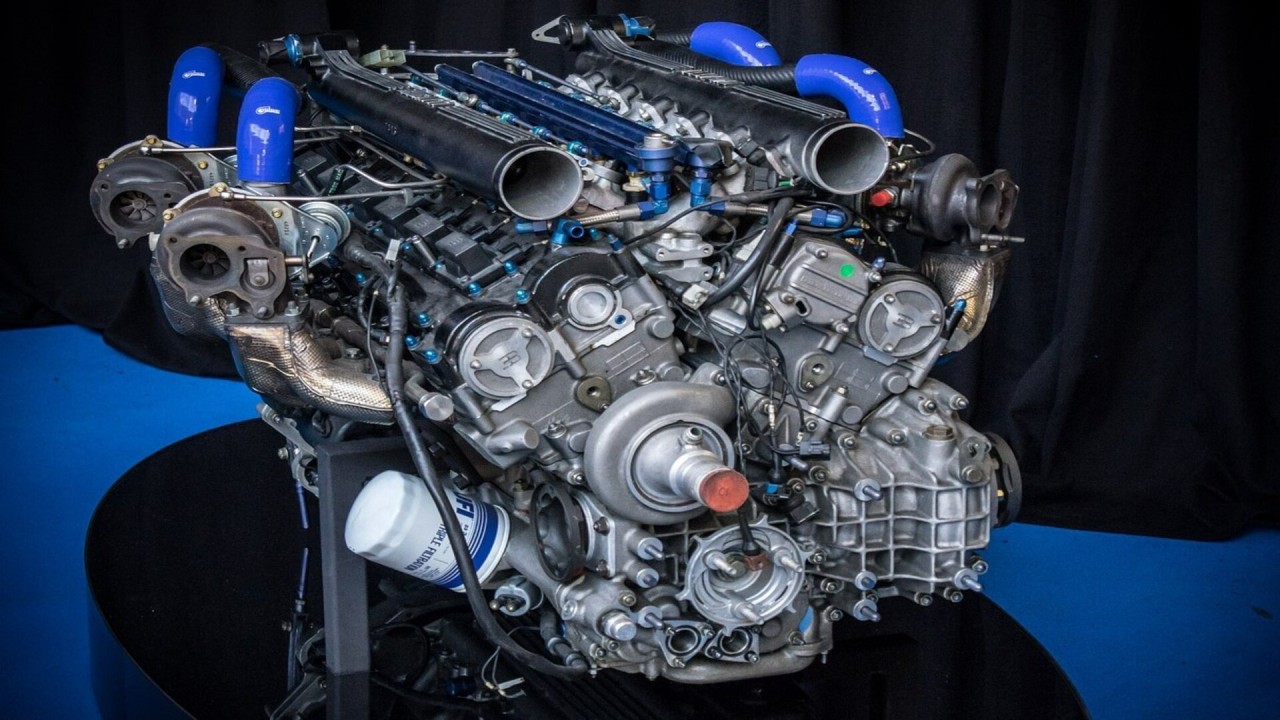Your Go-To Car Parts Store for Engines for Africa and More
Your Go-To Car Parts Store for Engines for Africa and More
Blog Article
The Mission for Ultimate Driving Power: Examining the Peak of Engine Performance and Technological Developments in the Automotive Industry
In the realm of automobile engineering, the quest of optimum driving power has actually been a ruthless pursuit that has actually unfolded with the advancement of engine layout and the integration of innovative modern technologies. From the meticulous workmanship of combustion engines to the rapid improvements in electrical propulsion systems, the auto industry stands at the cusp of a brand-new age defined by unmatched performance capabilities.
Evolution of Engine Layout

Additionally, the assimilation of turbocharging and supercharging technologies has actually transformed engine layout by improving power without substantially increasing engine size. These forced induction systems press the consumption air, permitting even more fuel to be combusted, therefore creating higher power output from a smaller sized engine. This improvement has been particularly crucial in enhancing the performance of smaller displacement engines while preserving gas performance criteria.

Performance-Enhancing Fuel Technologies
The implementation of innovative fuel modern technologies has dramatically added to improving engine performance in contemporary lorries. Biofuels, derived from sustainable sources like sugarcane, corn, or algae, deal improved and minimized emissions engine efficiency. In addition, fuel ingredients and cleaning agents are being created to tidy engine components, optimize burning, and lower rubbing, consequently enhancing overall car efficiency.
Innovations in Electric Propulsion
Substantial strides in electrical propulsion technology have changed the vehicle industry, leading the way for a brand-new era of effective and sustainable transport. Electric vehicles (EVs) are acquiring popularity as a result of their environmental advantages and improvements in battery innovation, making it possible for longer driving arrays and shorter charging times. Manufacturers are investing heavily in study and growth to boost the efficiency of electrical propulsion systems, concentrating on raising power output, improving energy effectiveness, and reducing overall weight.
One significant advancement in electrical propulsion is the growth of advanced electrical motors that deliver higher torque and power density, resulting in enhanced acceleration and total driving efficiency. Furthermore, regenerative stopping systems have actually been refined to store and catch power during deceleration, more enhancing the effectiveness of EVs.
In addition, the combination of wise technologies, such as man-made intelligence and predictive analytics, is maximizing the monitoring of electric propulsion systems, making sure optimal performance under various driving conditions. These advancements in electric propulsion are reshaping the automobile landscape, driving the sector in the direction of a much more sustainable and energized future.
Influence of Computational Fluid Dynamics
With advancements in electrical propulsion pushing the limits of auto modern technology, the assimilation of Computational Liquid Characteristics is playing an essential duty in optimizing wind resistant efficiency and improving overall efficiency in vehicle design. Computational Fluid Dynamics (CFD) involves the usage of computer system simulations to examine the flow of air around an automobile, enabling engineers to forecast just how style modifications will impact the see this here rules of aerodynamics without the requirement for pricey physical prototypes. By accurately modeling air movement patterns, CFD enables the improvement of automobile forms to reduce drag, enhance cooling, and boost stability.
CFD allows engineers to maximize air movement around elements such as radiators, engine bays, and wheel wells, adding to enhanced efficiency and total driving experience. In final thought, the assimilation of Computational Fluid Characteristics stands for a substantial step onward in the mission for ultimate driving power and efficiency in the vehicle sector.
Future Patterns in Engine Innovation
In the vibrant landscape of automobile engineering, advanced developments are shaping the future trajectory of engine advancement. The future of engine design is noted by a strong emphasis on efficiency, sustainability, and performance. Manufacturers are significantly concentrating on creating engines that not just deliver high power results but also focus on environmental responsibility by lowering emissions and improving fuel effectiveness.
One prominent fad in engine development is the increase of electrification. Crossbreed and electric powertrains are obtaining grip as sensible alternatives to traditional navigate here burning engines. These technologies supply the possibility for significant decreases in carbon emissions and enhanced power effectiveness, aligning with global efforts to battle environment modification.
Furthermore, innovations in products scientific research and manufacturing methods are making it possible for the manufacturing of lighter and a lot more sturdy engine elements. This change towards lightweight materials such as carbon fiber and light weight aluminum alloys adds to enhanced efficiency and gas economy.
Verdict
To conclude, the pursuit of supreme driving power in the auto market remains to drive innovations in engine style, fuel innovations, electric propulsion, and computational liquid dynamics. The advancement of these technologies is forming the future of engine development, paving the means for much more efficient and effective lorries (engines for africa). As the industry continues to push the borders of what is possible, we can anticipate to see much more innovative developments in the mission for peak efficiency
One of the vital turning points in engine style evolution is the shift from typical carbureted engines to modern-day fuel-injected systems. By Read Full Report specifically metering the fuel delivery to each cylinder, fuel-injected engines maximize combustion, resulting in much better performance and minimized ecological influence.
Moreover, the assimilation of turbocharging and turbo charging innovations has actually reinvented engine style by improving power without significantly raising engine size (engines for africa).The execution of innovative fuel modern technologies has significantly added to enhancing engine performance in modern vehicles. Additionally, gas ingredients and detergents are being formulated to tidy engine parts, optimize burning, and minimize friction, therefore enhancing total automobile performance
Report this page